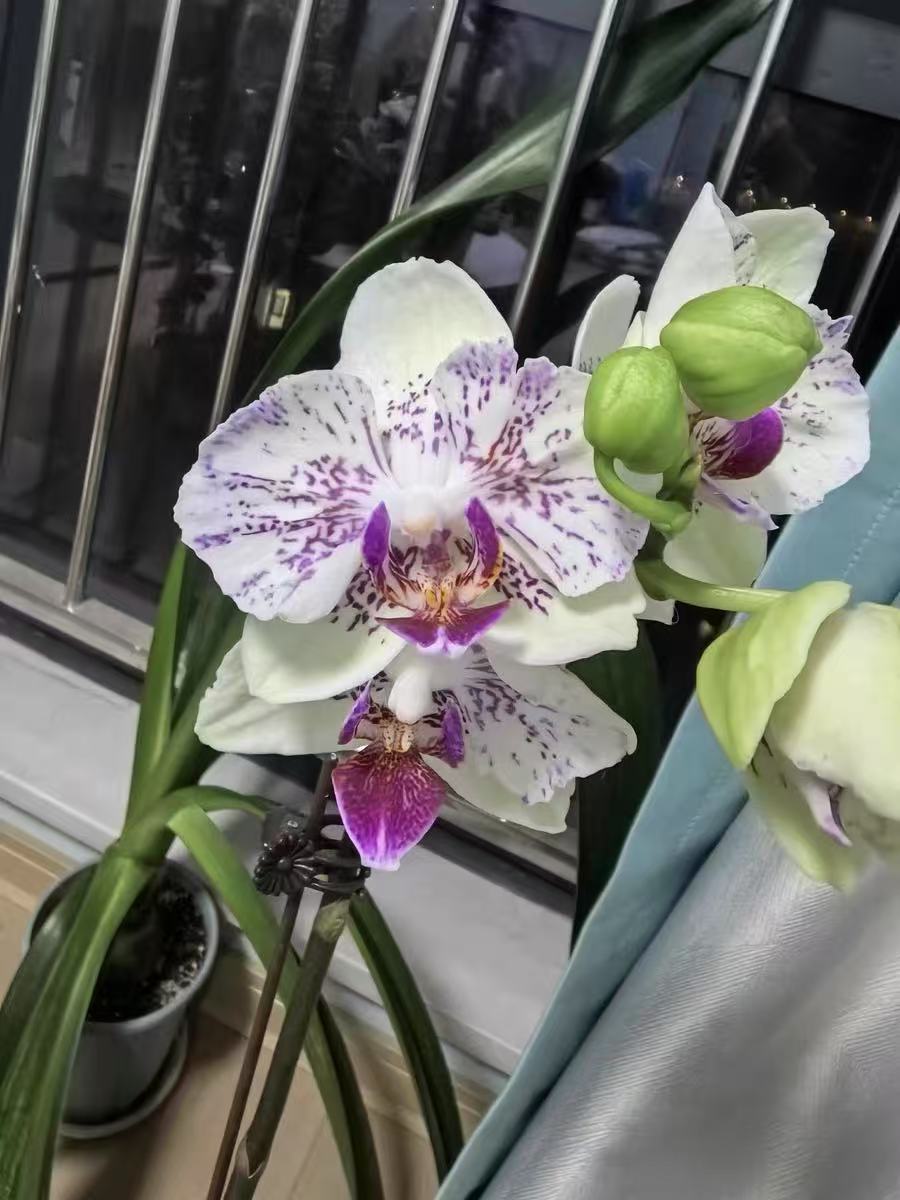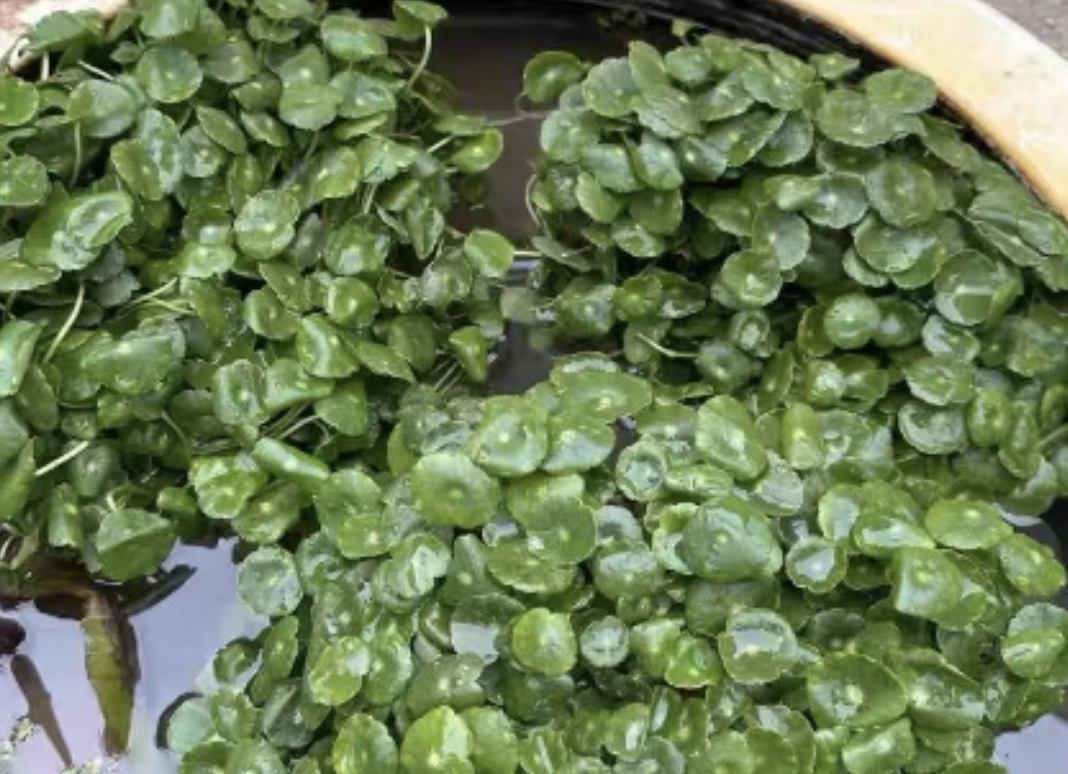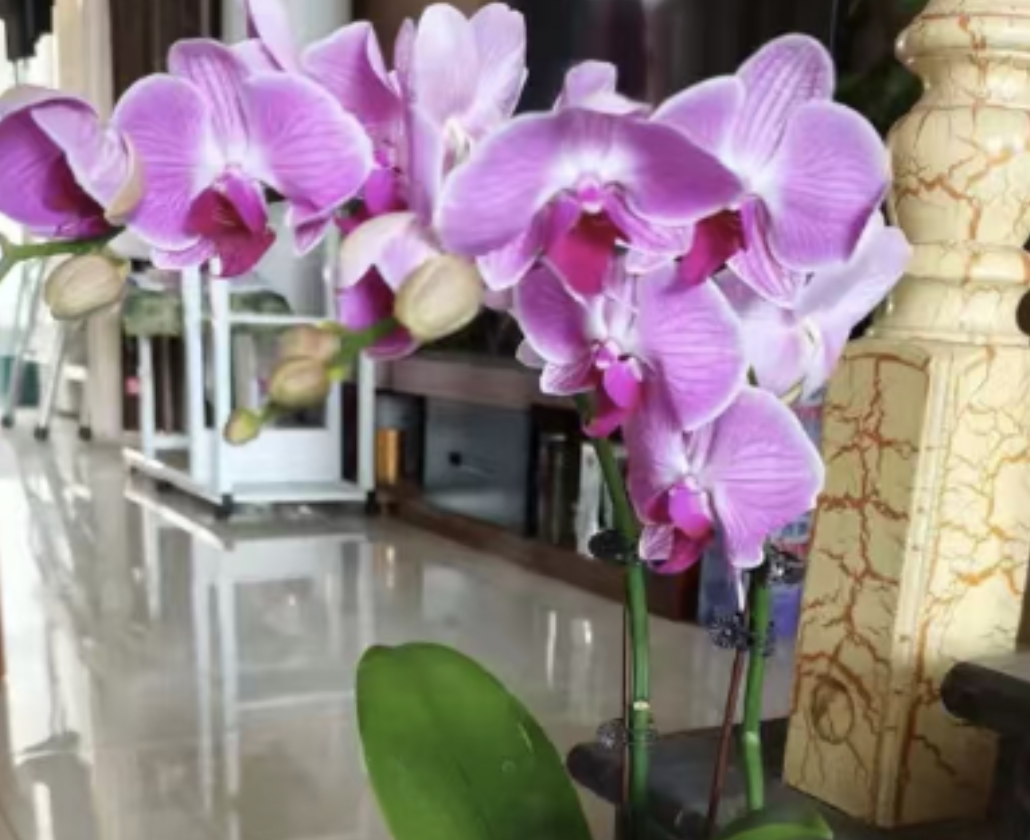Hydroponic cultivation of Phalaenopsis is a unique and elegant planting method, which can not only make the home environment more beautiful, but also let people experience the fun of cultivation. So, how can we make hydroponic Phalaenopsis grow more vigorously? The following are some key cultivation methods and precautions.
Water Quality Selection: Water quality is the foundation for the growth of hydroponic Phalaenopsis. To ensure its healthy growth, it is best to use purified water or tap water that has been filtered and had its chlorine removed. The quality of the water directly affects the growth of Phalaenopsis, and using contaminated water can easily lead to poor growth or even death.
Container Selection: Choose a transparent glass container for hydroponics, which makes it convenient to observe the water level and the growth of the roots. The size of the container should be moderate. It should not only ensure that the roots have enough space to grow, but also not be too large to cause difficulties in water management.
Water Level Control: The roots of hydroponic Phalaenopsis need an appropriate amount of water, but should not be soaked for too long. Generally, the water level should be maintained at one-third to one-half of the roots, that is, the root tips can slightly touch the water. Adjust the water level according to the weather and indoor humidity. Reduce the water level when the humidity is high to avoid long-term soaking; increase the water level appropriately when it is dry to ensure that the roots have enough water to absorb.
Light and Temperature: Phalaenopsis needs sufficient light, but direct sunlight should be avoided to prevent the leaves from being sunburned. It is best to place it in a well-ventilated and brightly lit place indoors, such as next to the window with a thin gauze curtain drawn. In terms of temperature, Phalaenopsis likes a warm environment, and the suitable temperature is between 20°C and 30°C. The indoor temperature should not be lower than 10°C to ensure its normal growth.
Regular Water Change: Regular water change is the key to the healthy growth of hydroponic Phalaenopsis. It is recommended to change the water once a week to keep the water quality clean. When changing the water, thoroughly clean the inner wall of the container to avoid the growth of bacteria from residues, which may lead to root rot.
Fertilization: The nutrient source of hydroponic Phalaenopsis mainly depends on the nutrients in the water, so regular fertilization is required. You can use fertilizers specially prepared for hydroponic plants, or dilute ordinary fertilizers before application. Fertilization is usually carried out after changing the water, once every one to two weeks, to avoid excessive accumulation of fertilizers.
Root Cleaning and Trimming: Since the roots of hydroponic Phalaenopsis are prone to accumulate dirt, the roots need to be cleaned regularly. It is recommended to rinse the roots once every 1-2 weeks to keep them clean. At the same time, check the roots regularly. When rotten or diseased roots are found, trim and disinfect them in a timely manner to prevent the spread of germs. After trimming, place the roots in a cool and ventilated place to dry before putting them back into the hydroponic container.
Precautions
Avoid Frequent Movement: Provide a stable environment for Phalaenopsis. Frequent movement will disrupt its growth rhythm and even lead to growth stagnation.
Good Ventilation: Keep the room well ventilated to avoid root rot caused by a stuffy environment.
Keep Away from Ethylene: Ethylene will accelerate the withering of flowers. Avoid placing Phalaenopsis near ethylene sources such as ripe fruits and rotten vegetables.
By following the above methods and precautions, I believe you can make hydroponic Phalaenopsis grow more vigorously and add a beautiful scenery to your home.
How to Cultivate Phalaenopsis in Hydroponics?

Share with
Tagged in :




Leave a Reply